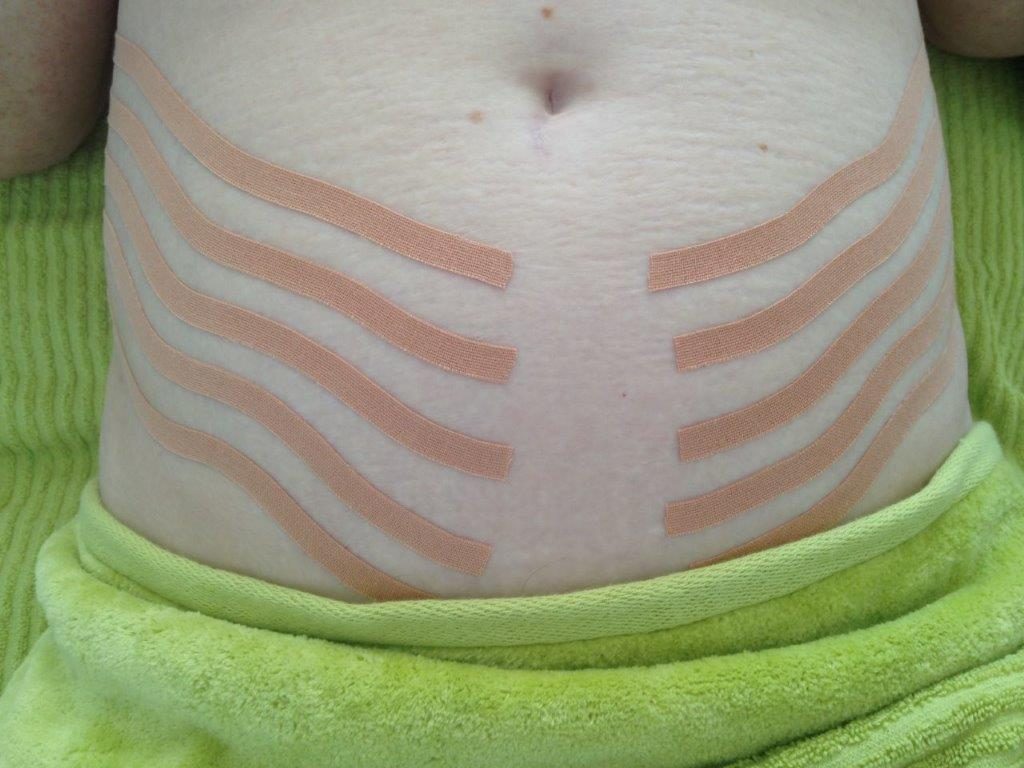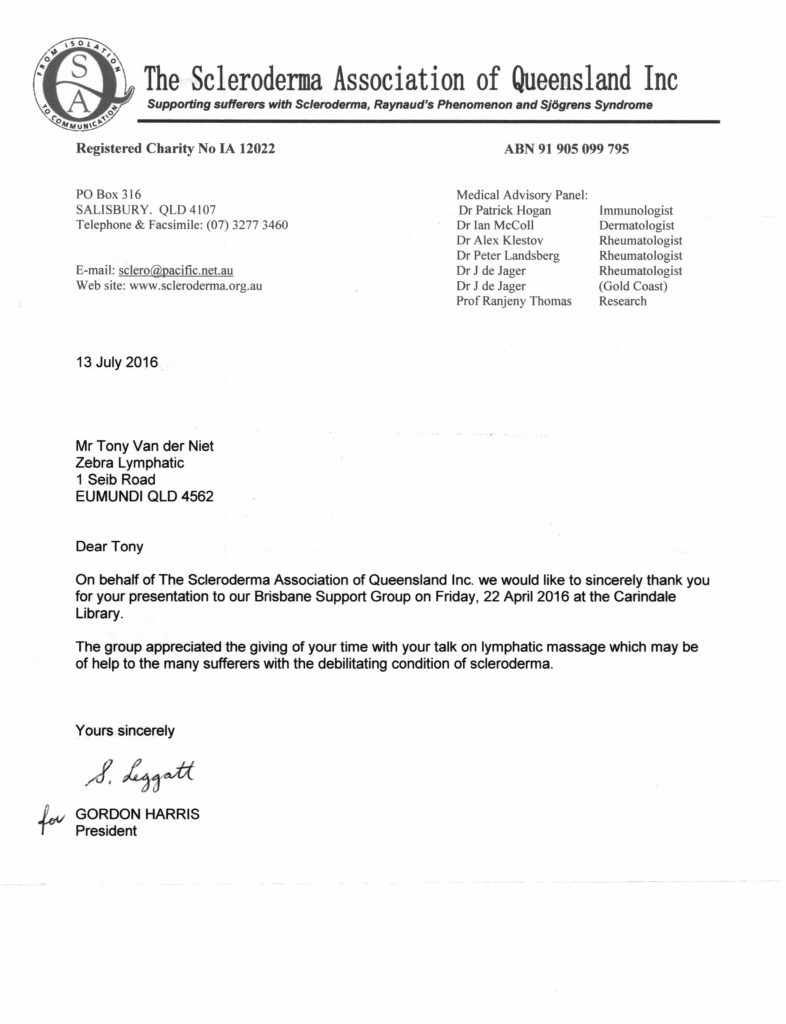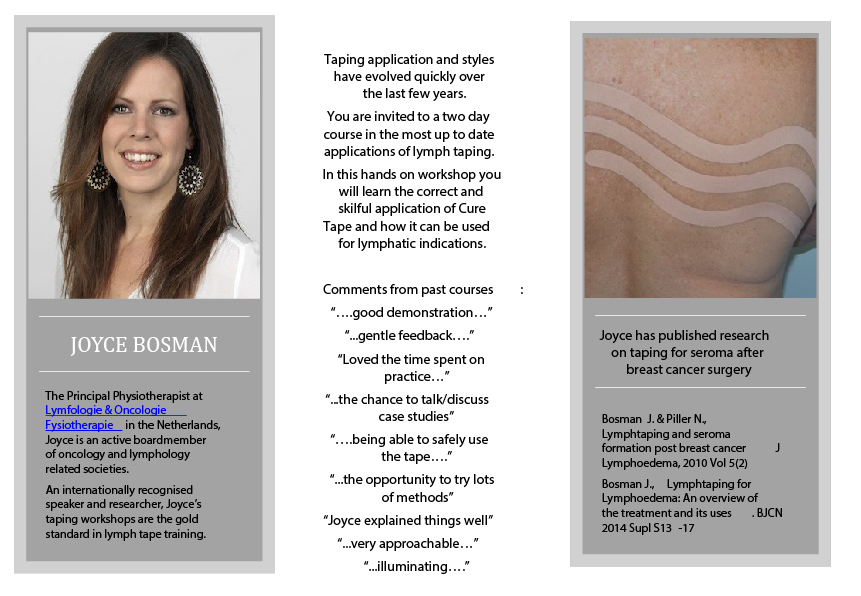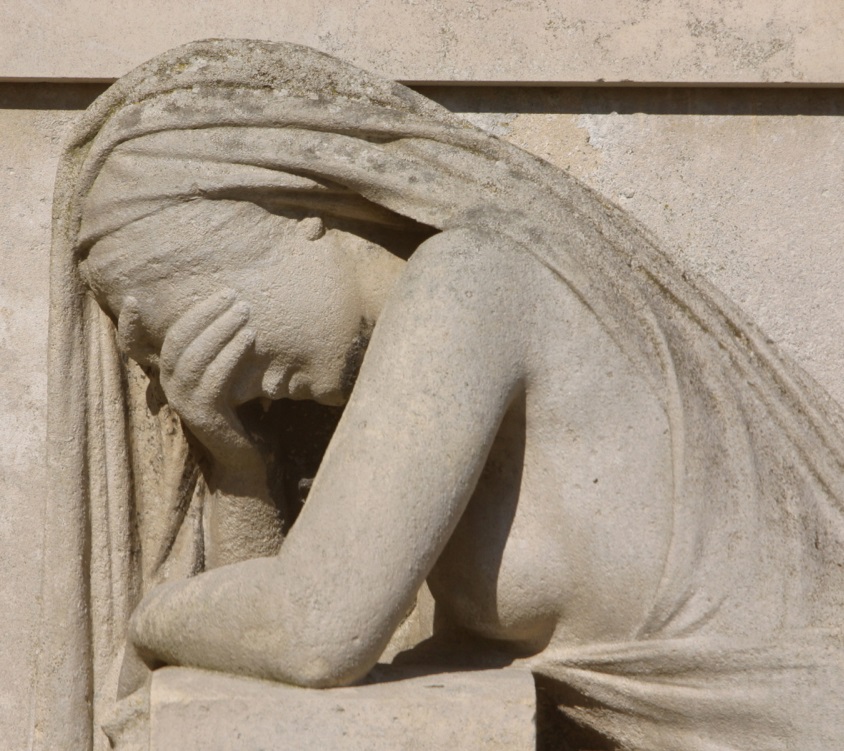Definition: This systemic disease involves an auto-allergic reaction to cell nuclei and collagen fractions. This leads to perivascular (of, relating to, occurring in, or being the tissues surrounding a blood vessel) suncutaneous and submucous fibrosclerosis. (In other words the tissue beneath the skin becomes fibrous). Small edemas (an abnormal excess accumulation of serous fluid in connective tissue) crop up in the vicinity of the small vessels, along with the thickening of the basement membrane and an increase in clumped collagen fibres. The ground substance of the subcutis (the thin layer of loose fatty connective tissue underlying the dermis and binding it to the parts beneath) is more fluid-deficient than normal, leading to connective tissue sclerosis (a pathological condition in which a tissue has become hard and which is produced by overgrowth of fibrous tissue and other changes).
The skin has a brownish discoloration which sometimes resembles shiny parchment. There is palpable edema along with low circulation and disturbed temperature regulation. The skin is less elastic and thicker, thus reducing joint mobility. The disease usually begins in the body periphery, such as the tip of the nose, fingers and toes. In addition, hyper-pigmented scar-like patches can develop.
Sclerotization of the small vessels is not only found in subcutaneous connective tissue, but in musculature as well, and in the gastrointestinal tract, nerve tissue and other organs.
MLD (Manual Lymphatic Drainage) Therapy: MLD (Manual Lymphatic Drainage) Therapy can arrest the disease, but has to be administered very time-intensively. It is important to use a treatment cream which improves vasomotoricity of the small vessels. Whole body treatments are performed with special therapy techniques at a clinic.
(Renato Kasseroller, “Compendium of Dr Vodder’s Manual Lymph Drainage”, 1998 P165 Italics ours).
Case study: A 65 y/o female patient suffering from diagnosed Scleroderma in April 2016 from which she had suffered all of her life.
Her presenting symptoms were;
– There was much discomfort (8/10) where her nightgown rested against her décolletage (upper portion of chest area).
– Her bowel movements consisted of alternating diarrhea/constipation in the same sitting.
– Fluid retention and general body soreness.
– Fogginess in regard to thinking and low concentration spans
– lethargy
Treatment:
Step 1: Ensure that the existing regime of diet and exercise remained unchanged. This information was recorded daily on a spreadsheet for the duration of the treatments.
Step 2: We treated with a series of 2 hour full body MLD (Manual Lymphatic Drainage) sessions over a period of 4 weeks including lymph taping to drain fluid 24 hours a day.
 Results: The result was that the patient had less body pain overall and was able to reduce some medications by half. One outstanding result came after the forth treatment with the patient commenting “I had my first normal bowel movement in a while”. Normal meant not having diarrhea and constipation during the same sitting. When I asked what ‘a while’ meant, the patient said “My whole adult life” and good result after being treated the last time in April 2016 has continued till today with the patient self treating. The other nice thing was that sensitivity on the chest is now rated at a 1-2, the patients mouth is more moist than normal and there are no mouth ulcers commonly associated with Scleroderma.
Results: The result was that the patient had less body pain overall and was able to reduce some medications by half. One outstanding result came after the forth treatment with the patient commenting “I had my first normal bowel movement in a while”. Normal meant not having diarrhea and constipation during the same sitting. When I asked what ‘a while’ meant, the patient said “My whole adult life” and good result after being treated the last time in April 2016 has continued till today with the patient self treating. The other nice thing was that sensitivity on the chest is now rated at a 1-2, the patients mouth is more moist than normal and there are no mouth ulcers commonly associated with Scleroderma.
Patient feedback: Now I am continuing to remain the same as when you finished the trial which is a brilliant result for me, I am truly appreciative. No ulcers, not much fatigue, minimal aches & pains, bowels behaving, I always smile to myself when I think back at some of the conversations we had regarding bowels. So thank you, thank you.
Feedback from the Scleroderma society





